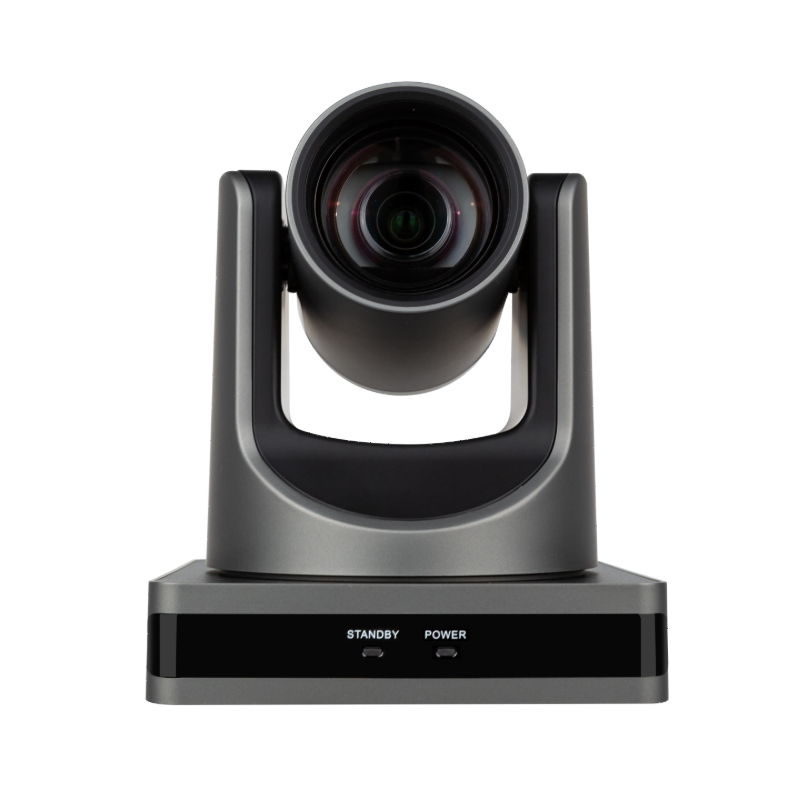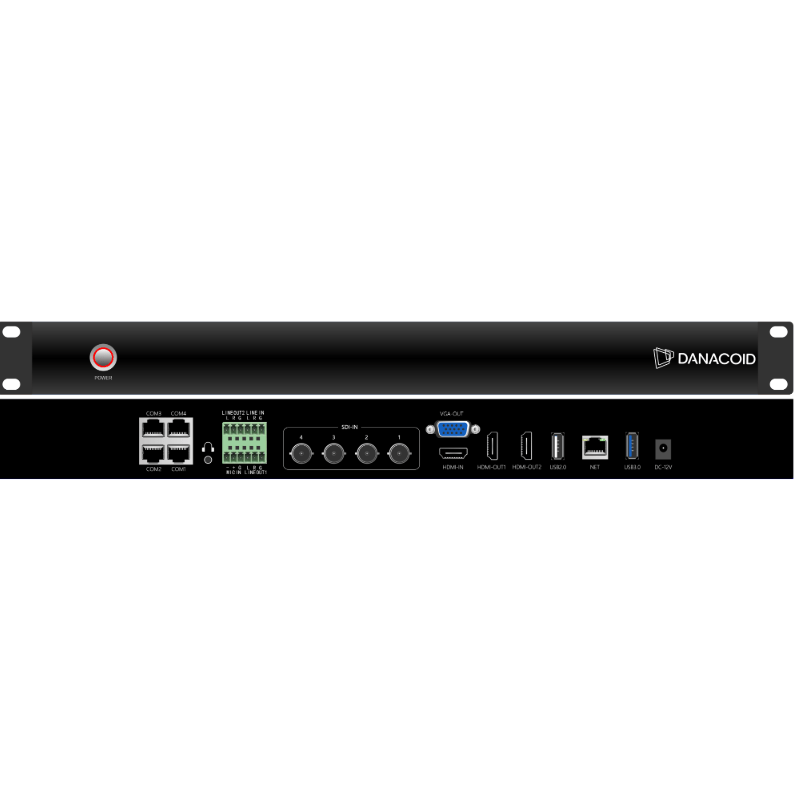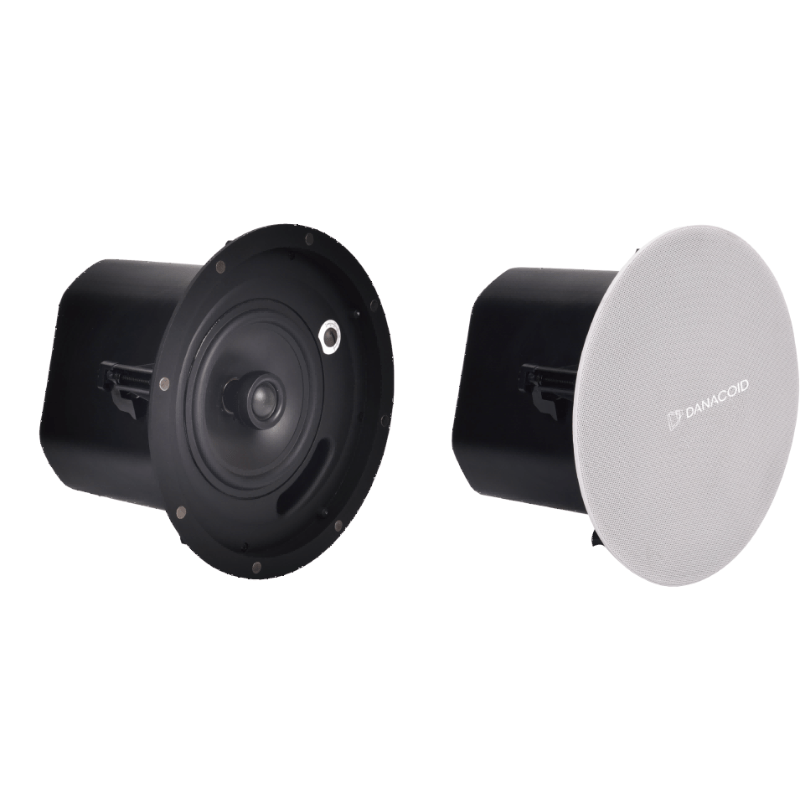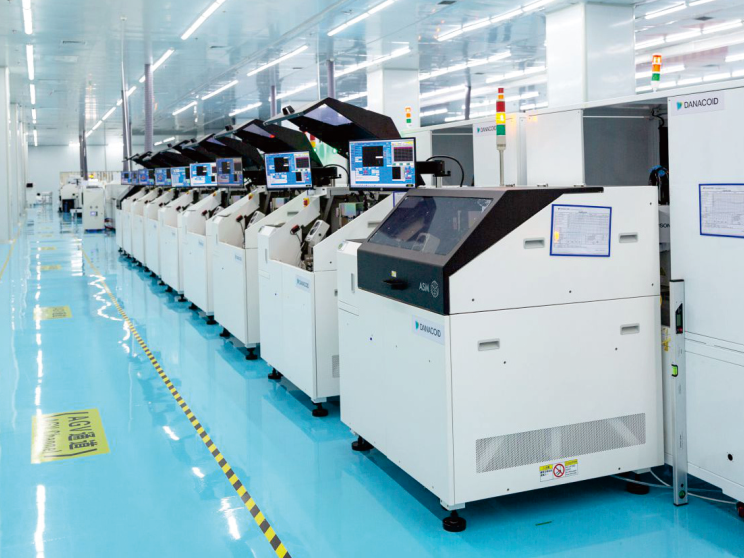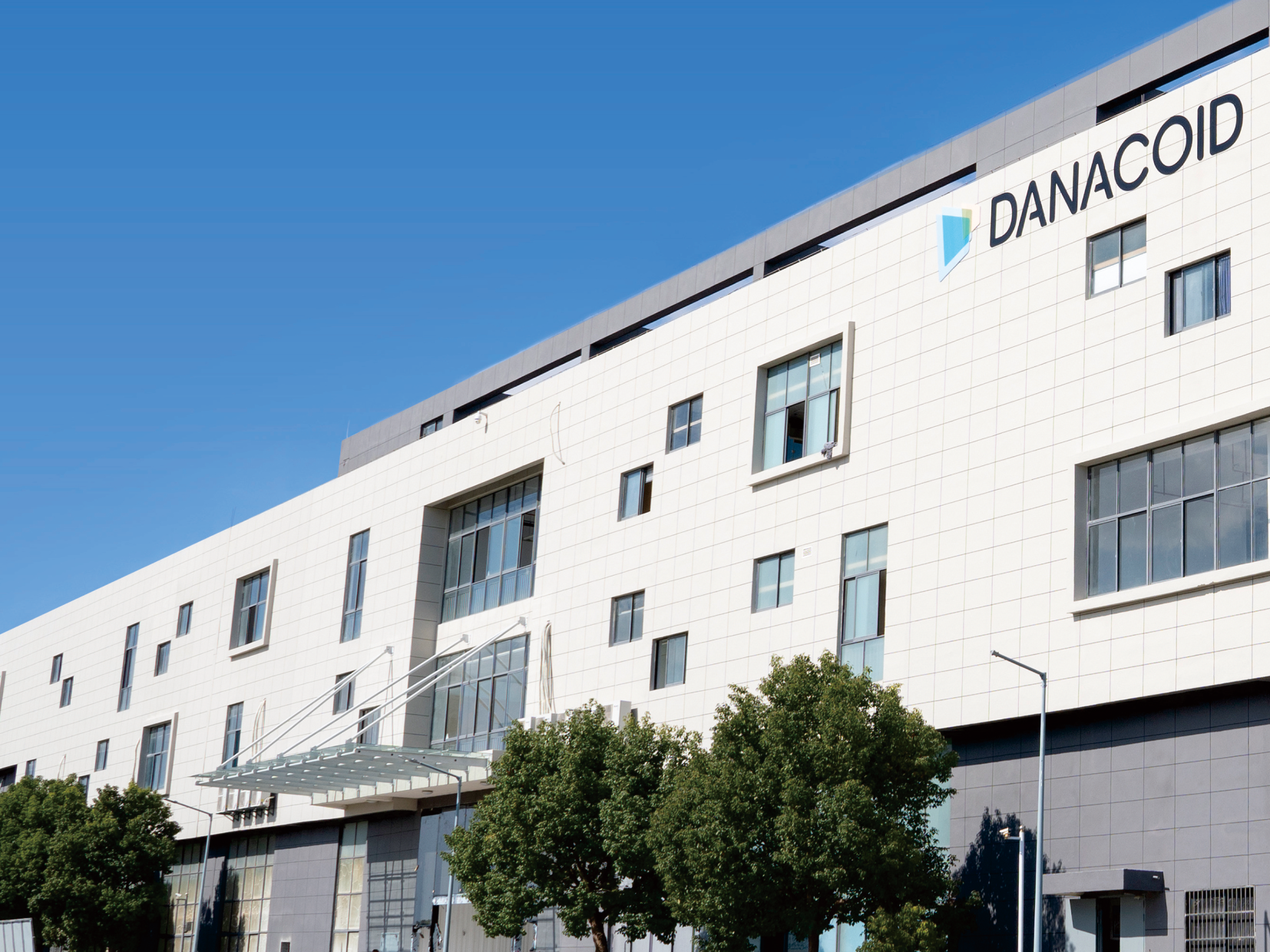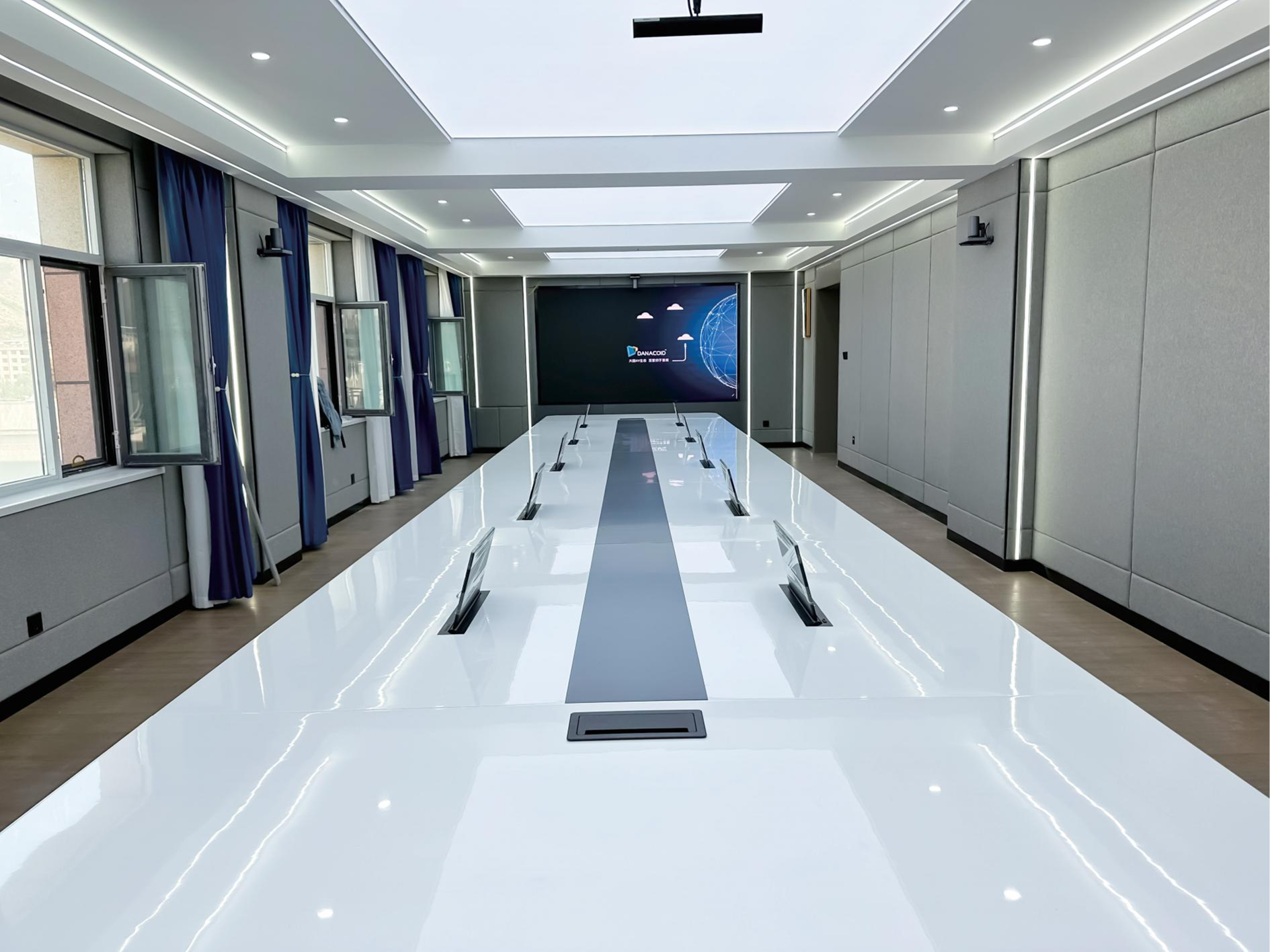digital signal processing system
Digital signal processing (DSP) systems represent a cornerstone of modern electronic technology, serving as sophisticated platforms for manipulating, analyzing, and transforming digital signals. These systems operate by converting analog signals into digital format through sampling and quantization, enabling precise mathematical operations on the digital data. At its core, a DSP system comprises several key components: analog-to-digital converters (ADC), digital processors, memory units, and digital-to-analog converters (DAC). The system excels in performing complex mathematical operations including filtering, correlation, convolution, and frequency analysis with remarkable speed and accuracy. In real-time applications, DSP systems can process signals instantaneously, making them invaluable in telecommunications, audio processing, and image enhancement. The technology employs advanced algorithms to reduce noise, enhance signal quality, and extract meaningful information from raw data. Modern DSP systems utilize powerful microprocessors specifically designed for signal processing tasks, featuring specialized instruction sets and parallel processing capabilities. These systems find widespread application across various sectors, from consumer electronics and medical imaging to industrial automation and aerospace. The flexibility of DSP systems allows for easy updates and modifications through software changes, eliminating the need for hardware redesign. This adaptability, combined with their high precision and reliability, makes DSP systems an essential component in today's digital world.


